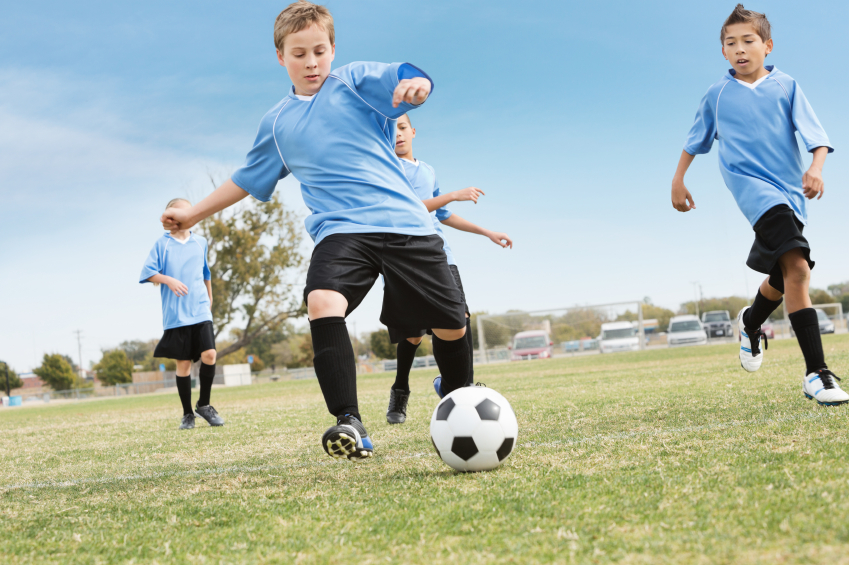As the summer comes to an end, parents and children are beginning to gear up for the coming school year, and that means gearing up for fall sports. For parents of children who play field sports, such as football or soccer, the question of what kind of cleats to buy can be a head scratcher.
Should you go with metal cleats or plastic? High top or low top? Snug fit or loose with room to grow? Most likely, the student athlete is going to have a strong opinion, and it will have more to do with looks and what their favorite sports icon wears than actual comfort, fit, or performance.
For children under 14, the best option is to forgo detachable cleats in favor of molded cleats or, even better, a rubber-soled, sneaker-style turf shoe. Children in elementary school through junior high are in their growth spurt years. Wearing certain types of cleats puts additional strain on tendons, especially the Achilles, and can cause inflammation and pain at the point where it attaches to the bone, which is still growing.
By the time children are in their sophomore year of high school, bone growth is not as much of a concern and detachable cleats are okay. However, I advise young athletes to avoid styles with only two to four spikes clustered centrally on the heel. The narrower cleat arrangement provides less stability for the ankle and can cause strain to the Achilles tendon. Molded cleats that cover the entire perimeter of the heel are preferred because this improves stability and balance.
For football players the choice to go with a high-top, mid-cut or low-cut cleat is usually guided by position played. High tops are more favorable for down linemen, mid cuts for some of the heavier backs and linebackers, and low cuts for the wide receivers and other speed positions.
When buying any athletic shoe, keep these three things in mind:
- Focus on fit. When fitting any sports shoe, remember one foot is often just a bit larger than the other. Use the larger foot as your guide and then round up on size. This gives room for normal swelling during activity and for doubling up on socks to avoid blisters.
- For the younger athletes, consider replacing the factory inserts with a full-length cushioned insert available over the counter at any drugstore. They will provide better cushioning, which protects the feet and ankles.
- Athletic shoes can be expensive and many kids wear them for only a single season because they’re rapidly growing. Second-time-around shoes from a consignment store or older sibling are fine as long as they fit well, are in good condition, and you replace inserts.
 By David Keblish, MD, orthopedic surgeon at Anne Arundel Medical Center. Before joining AAMC Orthopedics, Dr. Keblish spent more than a decade as a varsity team physician and head of the Orthopedic Surgery and Sports Medicine Department at the U.S. Naval Academy. Dr. Keblish can be reached at 410-268-8862.[/su_box]
By David Keblish, MD, orthopedic surgeon at Anne Arundel Medical Center. Before joining AAMC Orthopedics, Dr. Keblish spent more than a decade as a varsity team physician and head of the Orthopedic Surgery and Sports Medicine Department at the U.S. Naval Academy. Dr. Keblish can be reached at 410-268-8862.[/su_box]




